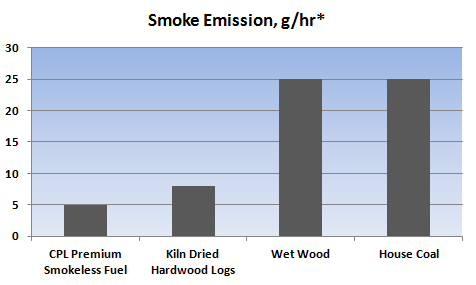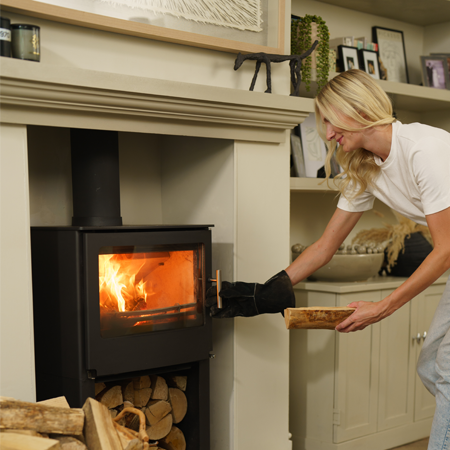
Health And Safety
Collapsible content
What Are The Problems Of Burning Wet Wood
Potential dangers from burning wet wood
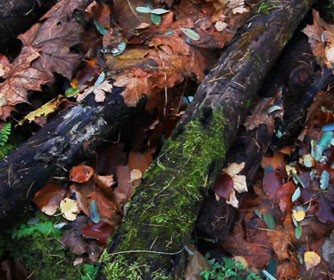
Burning wet firewood can result in two very serious problems associated with condensation in the chimney.
Water vapour combines with other gases and particles going up the chimney and unless the chimney is kept warm, the condensation forms a creosote-like substance which hardens to form tar on the surface of chimney liners and may seep into brickwork in an unlined chimney. Wet wood causes the chimney to cool and so condensation occurs and a residue is formed.
Blockages and chimney fires
The residue is brown or black and can be flaky, sticky, runny, tar-like or hardened and will sometimes be all of these in the same flue. The chimney may become completely blocked or the volatile residue can ignite causing a dangerous chimney fire.
Corrosion
The excessive condensation from wet wood which normally forms in the upper part of the chimney is acidic in nature and will corrode the inner surface of a metal liner, eventually leading to perforation and failure of the liner.
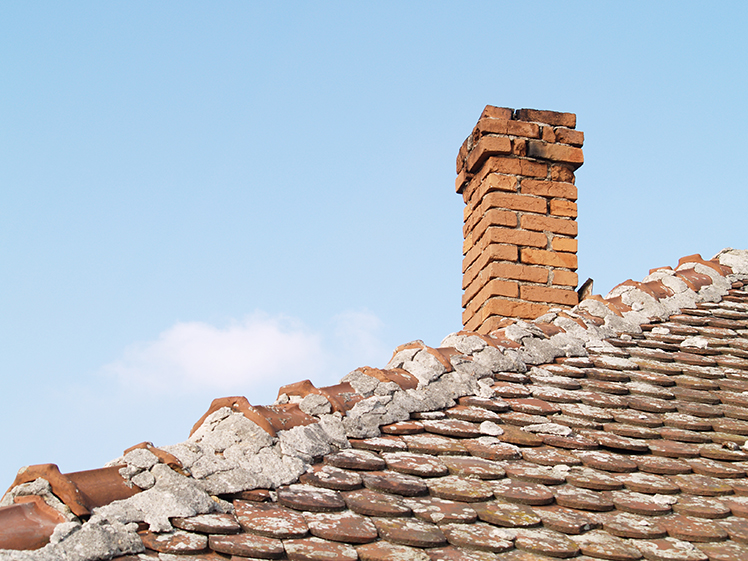
Keep your Chimney Clean
Having your chimney swept regularly will help your fuel burn more efficiently, and minimise any risk of damage to your appliance or chimney. The following frequencies are the minimum recommended by the Guild of Master Chimney Sweeps. Your chimney sweep will be able to better advise the correct sweeping frequency for your situation.
- Smokeless Coal – At least once per year
- Wood – Up to four times per year
- Bituminous Coal – Twice per year
Visit the Guild of Master Chimney Sweeps, NACS, or APICS to find a reputable, reliable sweep near you.
Fit Smoke and Carbon Monoxide Alarms
Smoke and Carbon Monoxide detectors should be fitted in every home, whether the owners burn solid fuel or not. An audible alarm will alert you to any danger wherever you are in the house. Carbon Monoxide is a colourless, odourless, and tasteless gas which can be fatal if inhaled in large quantities. A Carbon Monoxide alarm is a reliable way of detecting carbon monoxide before it reaches dangerous levels.
Fire and Chimney Safety Tips
- Don’t store wood or other flammable materials next to your fire or stove
- Try to use wood that is dried to 20% moisture or less
- Don’t leave open fires unattended
- Use a fire guard when necessary
- Have your chimney swept regularly
- Use audible smoke and carbon monoxide detectors
To read DEFRA's guide to open fires and wood-burning stoves, click here.
How To Keep Your Fire And Chimney Safe
Regular sweeping will remove soot, bird nests, cobwebs and other blockages which can create unwanted problems.
A good chimney sweep will have the necessary training and experience to notice problems which might lead to chimney fires or inefficient burning and will be able to bring any dangers to your attention.
How Often Should I Have My Chimney Swept?
Smokeless Coal – At least once a year
Wood – Up to four times a year
Bituminous coal – Twice a year
September is a sensible time to get your chimney swept before professional sweeps get booked up ahead of the busier winter months.
Where Can I Find A Good Chimney Sweep?
We recommend the hiring of chimney sweeps that are registered with any one of the agencies below, each of whom has their own strict code of guidelines and assessment required for membership.
The Guild of Master Chimney Sweeps
The National Association of Chimney Sweeps (NACS)
Association of Professional and Independent Chimney Sweeps (APICS)
If you have a multi-fuel stove, there are various HETAS approved manufactured smokeless fuels which we would recommend, including Homefire, Homefire Ovals, Ecoal50, Taybrite and Phurnacite. Suitable kiln dried wood can also be used in multi-fuel stoves and we would advise that you look for a product with a moisture content of less than 20%.
Look out for the orange Woodsure Ready to Burn logo on our wood fuel packaging so you know you are getting a quality wood fuel product with low moisture, low smoke emissions and improved heating performance.
A Customer's Tale: The True Cost Of Burning Wet Wood
We sometimes hear stories from our customers, who have tried to save themselves a few pennies by collecting their own firewood from the local woods or buying it cheap off the back of a lorry. But the truth is that burning wet firewood is a false economy and will cost you more in the long term. Instead, we recommend only burning kiln-dried firewood for the following reasons:
- Greater heat output than wet wood
- Greatly reduced emissions and improved air quality compared to burning wet wood (see graph below)
- Better for your appliance – the stove glass will not blacken and soot will not build up as quickly in your chimney
- Better value than seasoned and unseasoned wood (wet wood)
- Ready to Burn - no need to store and wait years for them to dry
Take a look at the following example. Our new customer John certainly agrees...
The 2017/18 UK winter was the coldest in years and served as a reminder that the need to warm your home is more important than ever. If you have a multi-fuel stove and love burning firewood, it’s tempting to try and save yourself a few pennies by collecting your own wood fuel from local woodlands and parks.
Take one of our new customers, John. Having recently bought a brand new multi-fuel stove, John indulged in a spot of foraging and went collecting freshly fallen branches for firewood (known as ‘non-seasoned wood’ or ‘wet wood’). Unfortunately, this is where things started to go wrong. A few weeks of attempting to burn the wet wood proved a disappointing experience for John with his stove taking ages to light due to the high moisture content of the wood he collected.
Because the wet wood is such low-quality firewood (with a moisture content of between 45% and 80%), it gives off very little heat, burns very slowly, and may even go out as it is so wet. It gives off less heat because the energy is used up driving off the water in the wood, resulting in steam and a dismal spitting fire with very little heat output.
To sustain any heat at all John was constantly refuelling the fire and was soon running out of stock. As well as poor heating performance, the wet wood’s burning inefficiencies result in more emissions, smoke, and pollutants into the atmosphere, negating the benefits to the environment. These emissions contain tar, soot, and highly flammable creosote which can also clog up a chimney or flue leading to more calls to the chimney sweep.
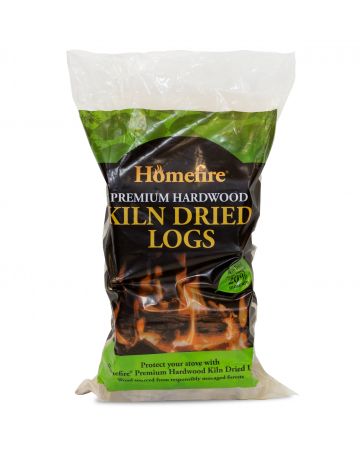
John gave up eventually but if he’d persisted in burning the wet wood, the build-up of highly flammable creosote would have severely damaged his flue liner and in the worst-case scenario resulted in a chimney fire. John could have seasoned his wood to dry it out first, but this can take months, if not years, depending on the species of wood.
If you love burning firewood and want to burn it straight away, there’s a very straightforward way to avoid these problems. We would strongly recommend that you only use Homefire's range of Homefire Kiln Dried Logs which are certified as Ready to Burn by Woodsure and sourced from sustainable forests. Watch our videos to see where we source our wood and how we make kiln dried logs.
This means moisture content is 20% or below so they burn hotter, at a higher temperature, and as the names suggests can be burnt straight away with no additional drying time. The higher temperature makes kiln-dried wood considerably more efficient and economical to burn, as well as helping to prolong the life of your appliance. Kiln-dried firewood is also more environmentally friendly as the burning of such dry wood emits much less fine particulate matter into the atmosphere. Any sap or water remaining in kiln-dried wood is burnt off, preventing it from building up inside your appliance as tar.
As a new customer, John is now buying Homefire Kiln Dried Logs and enjoys a warm, crackling log fire every night.
Remember, if you love burning firewood buy Ready to Burn kiln-dried hardwood logs.
How To Stay Safe From Carbon Monoxide
The Dangers of Carbon Monoxide
Carbon Monoxide (CO) is a poisonous gas which is given off when burning solid fuel. CO gas normally passes harmlessly out of the top of the chimney. However, if the chimney is blocked or leaky, the appliance is faulty, or if the ventilation is inadequate, Carbon Monoxide could enter your home. It can also come from faulty central heating systems, or gas appliances such as electric fires and cookers, so it isn't only solid fuel burners who should be on their guard.
Symptoms of Carbon Monoxide Poisoning
You can’t see it, taste it or smell it, but CO gas can kill quickly, and without warning. Always remember the 6 warning symptoms of carbon monoxide poisoning:
Headache
Dizziness
Nausea
Breathlessness
Collapse
Loss of consciousness
If you suspect carbon monoxide poisoning.
Get fresh air immediately. Open the doors and windows, turn off gas appliances and leave the house.
Seek immediate medical attention. CO poisoning can usually be detected by a blood or breath test.
Have your home checked thoroughly before you return and if you think there is a major problem or gas leak, call the Gas Emergency Helpline on 0800 111 999.
Protect against Carbon Monoxide Poisoning
We recommend that you take the following steps to remove the risk to yourself and your family:
Ensure that your chimney is swept regularly.
Ensure that the fire has adequate ventilation at all times.
Use only HETAS registered installers for fitting solid fuel appliances.
Fit an audible Carbon Monoxide alarm in your property.
Don't cover or block outside vents, and check that overgrown plants aren't covering them either.
Have central heating systems and gas appliances inspected yearly for leakages or damage.
Never leave a fuel burning appliance running in a garage, especially in a garage which is attached to a house.
Barbecue Carbon Monoxide
It's also wise to take precautions to protect against carbon monoxide poisoning when using a barbecue. Although the risk is not as high as with a fireplace, it is still a risk not worth taking.
Be aware of wind direction when positioning the barbecue. The smoke should not be able to blow directly in to peoples faces, or through doors or windows.
Close doors or windows nearby to the barbecue to avoid smoke filling your house.
Avoid sitting or standing directly in the path of smoke.
For further information on Carbon Monoxide, visit www.gassaferegister.co.uk or speak to your chimney sweep.


